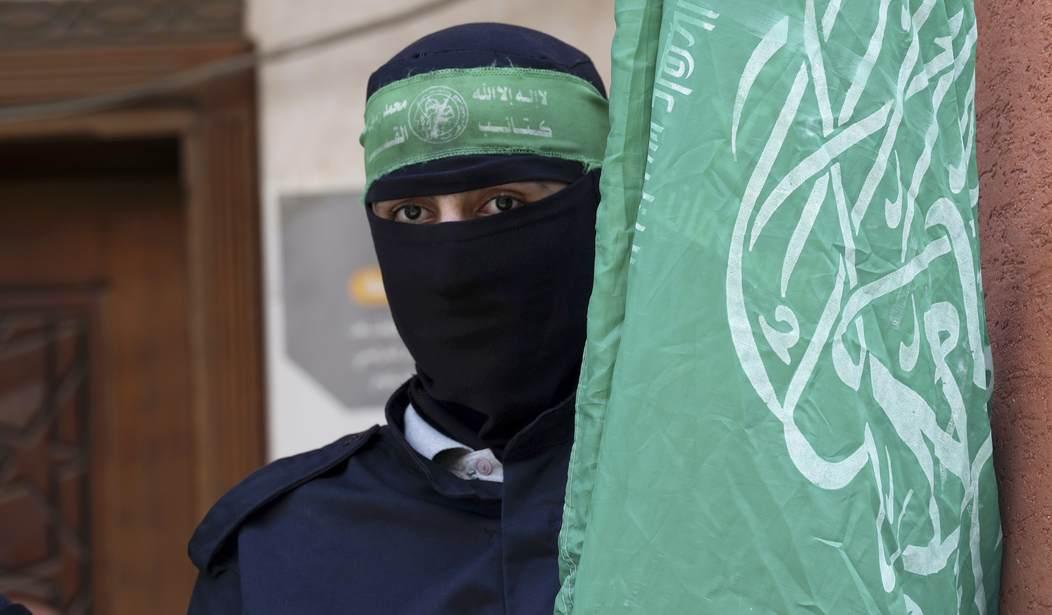
What Is P-800 Oniks? Hezbollah Russian-Made Anti-Ship Missiles Threaten US
The Lebanese Hezbollah militia is reportedly in possession of Russian-made anti-ship missiles, after the group’s leader Hassan Nasrallah threatened “something in store for the U.S. vessels” operating in the Middle East region.
Reuters reported on Wednesday—citing two anonymous Lebanese sources—that the Iranian-aligned militia group has added the P-800 Oniks, which in its export form is known as the Yakhont, to its formidable missile arsenal.
“There’s the Yakhont, and of course there are other things besides it,” one unnamed Lebanese source told Reuters. Another added: “We’re obviously paying a lot of attention to that…and we’re taking what capabilities they have seriously.”
Kremlin spokesperson Dmitry Peskov said the Reuters report “is news without any confirmation at all. We do not know if it is true or not.” He added: “We do not have such information.” Russia has previously sold the Yakhont to Syria, which has been known to supply Hezbollah with a range of weaponry.
Hezbollah has never admitted possession of the Yakhont, with Nasrallah and his senior officials closely guarding any detailed information about the group’s missile arsenal. Hezbollah’s capabilities are believed to have vastly expanded since its 2006 war against Israel. Newsweek has contacted a Hezbollah spokesperson via WhatsApp to request comment.
The Yakhont has a range of around 186 miles and can carry either a 440-pound high explosive or 550-pound semi-armor piercing warhead. Nearly 30 feet long, the missile flies at speeds of up to around 1,900 miles per hour, making it supersonic.
The weapon has been used by Russian forces during Moscow’s intervention in the Syrian civil war, and in its full-scale invasion of Ukraine.
Mohanad Hage Ali, the deputy director for research at the Malcolm H. Kerr Carnegie Middle East Center, told Newsweek that an imminent Hezbollah attack on U.S. assets is unlikely.
“I would highly doubt Hezbollah would directly attack the U.S. Navy for a myriad of reasons, unless the U.S. is directly involved in the war against the organization,” he said. This, he added, is “a longshot” given increasing American pressure on Israel for restraint in Gaza.
“I think the organization is now in a stage in which it is engaged in a step-by-step escalation against the Israelis, trying to engage as many of Israel’s forces and capabilities as possible to support Hamas,” Ali said.
“As Israel moves closer to occupying the northern Gaza Strip and cutting it off from the southern part—and also advancing towards parts of the southern Gaza Strip and continuing its airstrikes there—what we might see is an escalation by Hezbollah and its allies to try and push Israel back from further cornering Hamas.”
Such an escalation would be partially a reflection of the two groups’ shared resistance against Israel, Ali said, but also of more individualistic considerations.
“Israeli doctrine has changed,” he explained. “It’s no longer permitted to restraint and trying to limit the potential of a wider conflict. It’s also thinking more about the pre-emptive steps it could take to eliminate any external threats from Hamas or Hezbollah.
“At some stage, once this conflict ends, Israel might turn around and try to deal with the Hezbollah threat,” Ali said. Within Hezbollah, “I think there is an understanding that this is the case,” he added, one that may prompt the group to seek “inconvenient timing for Israel to engage on the northern front.”
Hezbollah’s missile arsenal will be its pillar in any future confrontation with Israel or its foreign allies, including the U.S.
Last month, Lebanese political analyst Nasser Qandil—considered to be close to Hezbollah—said on his YouTube channel that the Yakhont is “the most important prize” from the group’s involvement in Syria, where it proved influential in propping up President Bashar al-Assad’s beleaguered dictatorship alongside Russia and Iran.
“Hezbollah is prepared and ready,” Qandil said, as quoted by Reuters, and noting that the Yakhont can be used against American ships operating in the area. The U.S. has deployed two aircraft carrier groups and a nuclear-powered cruise missile submarine to the Middle East region in recent weeks, amid Israel’s showdown with Hamas in the Gaza Strip and ongoing skirmishes with Hezbollah.
The Center for Strategic and International Studies’ Missile Threat database reported that the U.S. has suggested Hezbollah acquired 12 Yakhont systems from Syria at some time before January 2016. However, it added that Hezbollah is not believed to be able to fire the missiles without Iranian and/or Syrian support.
“Israel considers the Yakhont one of the main threats it faces from Hezbollah, as the missile threatens shipping along Israel’s entire coastline and could complicate any potential blockade of Lebanon,” the Missile Threat site said.
The Israel Defense Forces (IDF) spokesperson unit told Newsweek of the threat posed by Hezbollah’s missile arsenal: “As the IDF is currently focused on eliminating the threat from the terrorist organization Hamas, questions of this kind will be looked into in a later stage.”
Source: msn





